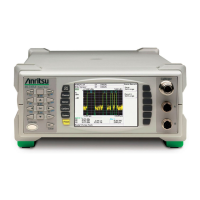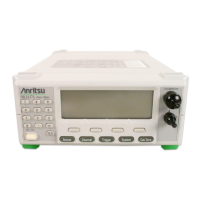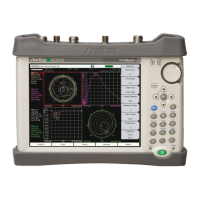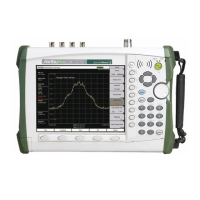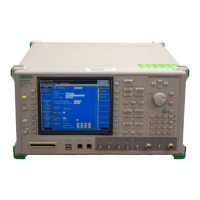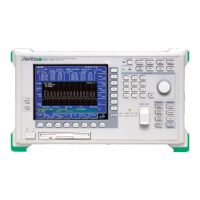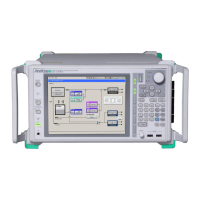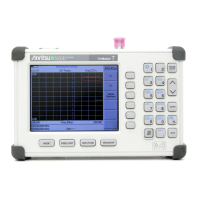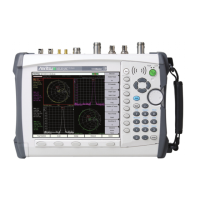ML2419A Range Calibrator ML248xA / ML249xA
13000-00162 16-7
September 2005 Audio Measurements
Interpreting the Results
The tabular data consists of the values read by the meter for each range, with one
measurement taken at each end of each range. For each of these measurements, there
is an expected value that must meet the specification limits as shown in the table below.
Range Expected output levels
Range 1 Upper Level -0.9540 dB
Range 1 Lower Level –11.8342 dB
Range 2 Upper Level –11.8342 dB
Range 2 Lower Level –25.7741 dB
Range 3 Upper Level –25.8606 dB
Range 3 Lower Level –41.8031 dB
Range 4 Upper Level –41.8031 dB
Range 4 Lower Level –57.8139 dB
Range 5 Upper Level –57.8139 dB
Range 5 Lower Level –61.7260 dB
The Range Calibrator measures the “Zero” level, and the “Upper” and “Lower” limits of
each of the five ranges (both channels on a dual-channel meter). To calculate the dB
Error Figure for each level, subtract the expected level from the measured level.
Pass/Fail Criteria
The meter should be accepted as PASSED if it meets the following conditions applied to
the error figures calculated by the above method.
Range 1 and Range 3 Absolute Error and Linearity:
• The calculated absolute errors for Range 1 Upper and Range 3 Upper should each
be ≥ -0.020 dB and ≤ 0.020 dB.
• The calculated absolute error for Range 1 Lower should differ from the Range 1
Upper error by ≤ 0.04 dB.
• The calculated absolute error for Range 3 Lower should differ from the Range 3
Upper error by ≤ 0.04 dB.
Ranges 2, 4 and 5 Linearity:
• For Ranges 2 and 4 the absolute error (calculated as above) for the range Lower
Level should differ from the Upper Level error by ≤ 0.04 dBm.
• For Range 5, the absolute error (calculated as above) for the range Lower Level
should differ from the Upper Level by ≤ 0.04 dB.
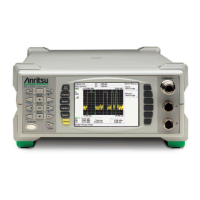
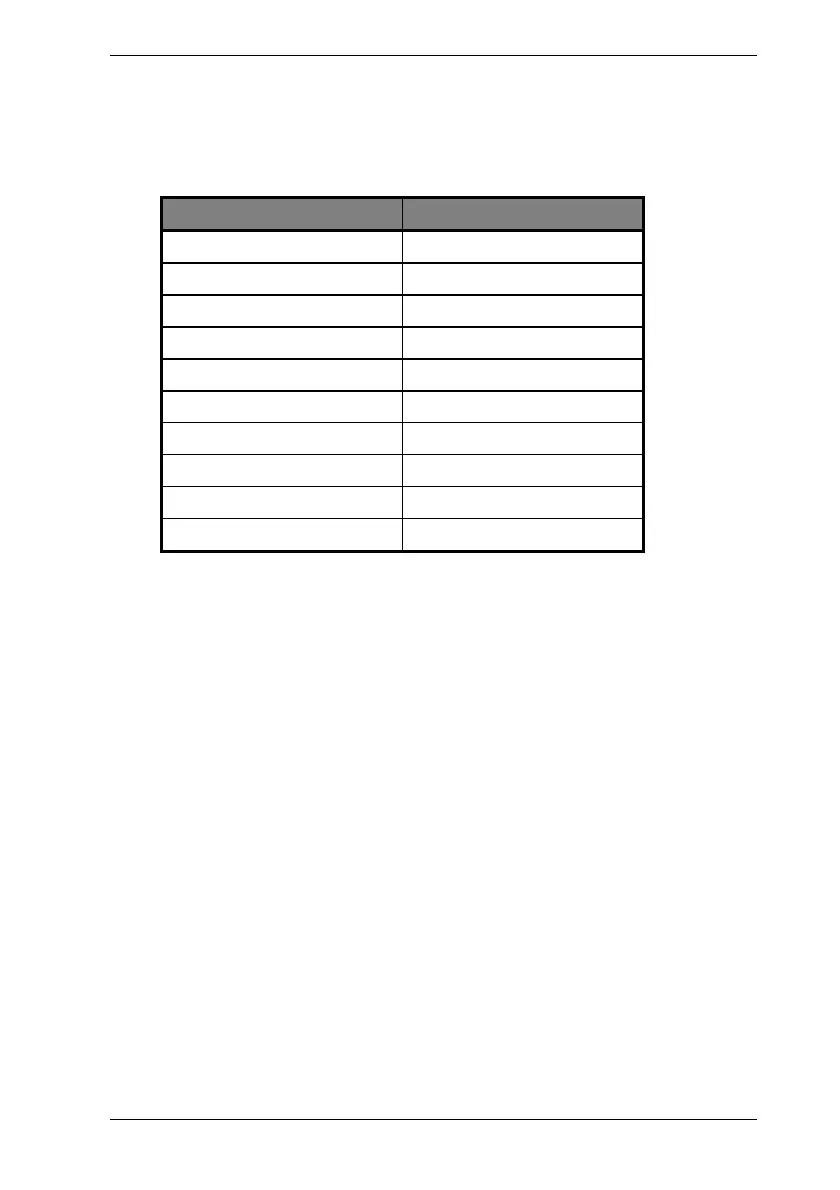